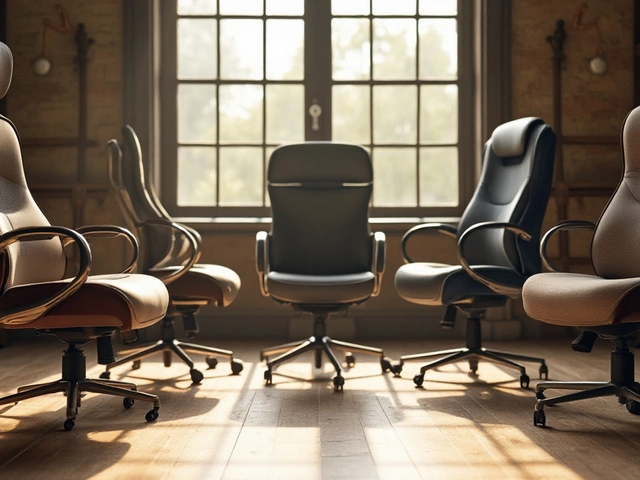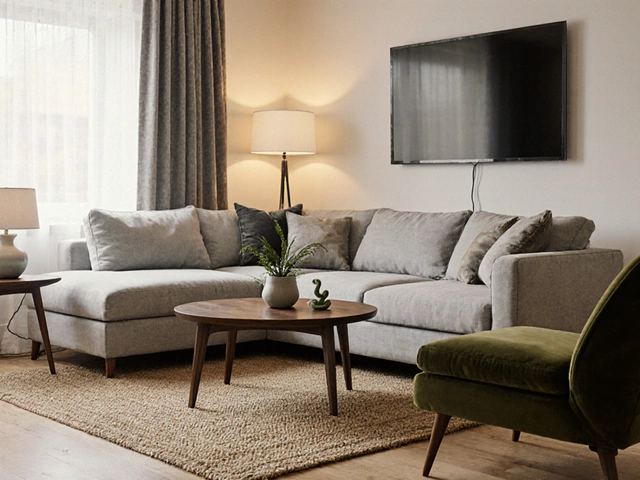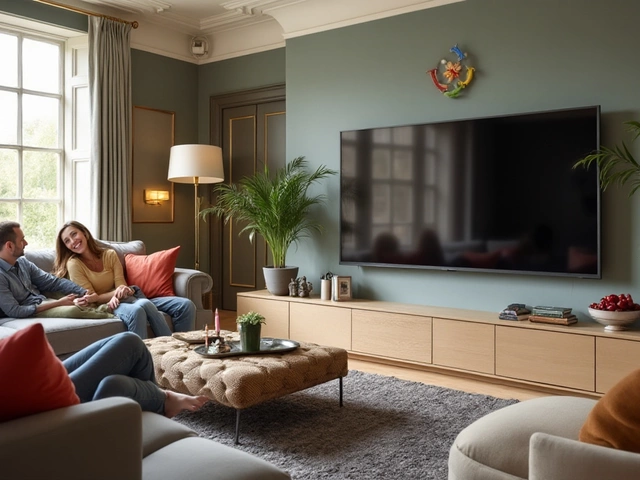75 inch TV vs 65 inch TV: Which Size Fits Your Room Best?
When you're choosing between a 75 inch TV, a large-screen television designed for immersive viewing in medium to large rooms and a 65 inch TV, a slightly smaller but still substantial screen ideal for most living rooms, it’s not just about how big the screen looks in the store. It’s about how it fits your space, your couch, and your eyes. The difference between these two sizes isn’t just 10 inches—it’s about viewing distance, wall space, and whether you’ll actually enjoy the movie or just feel like you’re sitting in the front row of a cinema.
Most people think bigger is always better, but a 75 inch TV needs room to breathe. If your sofa is less than 8 feet from the wall, that screen will dominate your view, making it hard to take in the whole picture without turning your head. A TV wall mount, a hardware system used to securely attach a television to a wall, saving floor space and improving viewing angle can help with positioning, but it won’t fix a mismatched size. On the flip side, a TV placement, the strategic positioning of a television in a room for optimal viewing comfort and aesthetic balance with a 65 inch model often works better in standard living rooms, especially if you have kids, pets, or a cluttered layout. You get a big enough picture without the intimidation factor.
Then there’s the cost. A 75 inch TV isn’t just bigger—it’s usually more expensive, heavier, and harder to move. Installation might need two people and a reinforced wall. A 65 inch TV? Easier to handle, fits most mounts, and still gives you that cinematic feel without breaking the bank. If you’re watching from 6 to 7 feet away, you won’t notice much difference in detail. But if you’re sitting 9 feet back or more, the 75 inch model pulls you in. It’s not about pixels—it’s about presence.
Think about what you watch. If you binge sports or action movies, the extra screen real estate of a 75 inch TV can make you feel like you’re in the game. But if you mostly stream shows, scroll through Netflix, or use your TV as a secondary screen for gaming, the 65 inch version gives you all the clarity you need without overwhelming the room. And don’t forget the frame. A 75 inch TV often comes with a bulkier bezel, which can look clunky if your wall is small or your décor is minimalist.
There’s no one-size-fits-all answer, but the right choice comes down to three things: how far you sit, how much wall space you have, and whether you want to feel immersed or just comfortable. The posts below cover real setups—what works in a 10x12 living room, how to measure your space without a tape measure, why some people regret going too big, and how to avoid common TV mounting mistakes. You’ll find tips on cable management, wall safety, and even how lighting affects your viewing experience. No fluff. Just what actually matters when you’re standing in the store, holding the remote, wondering if you should go bigger.





